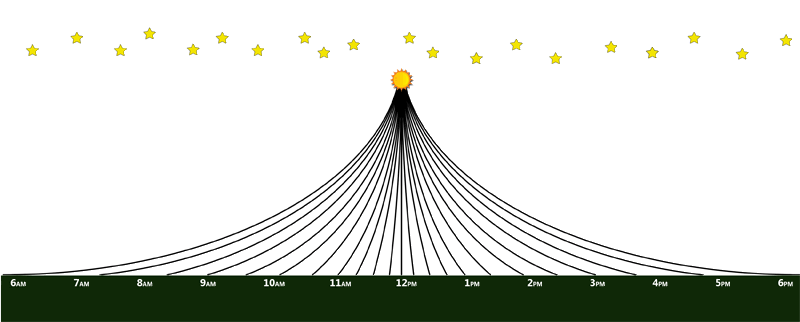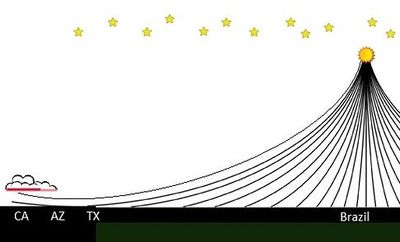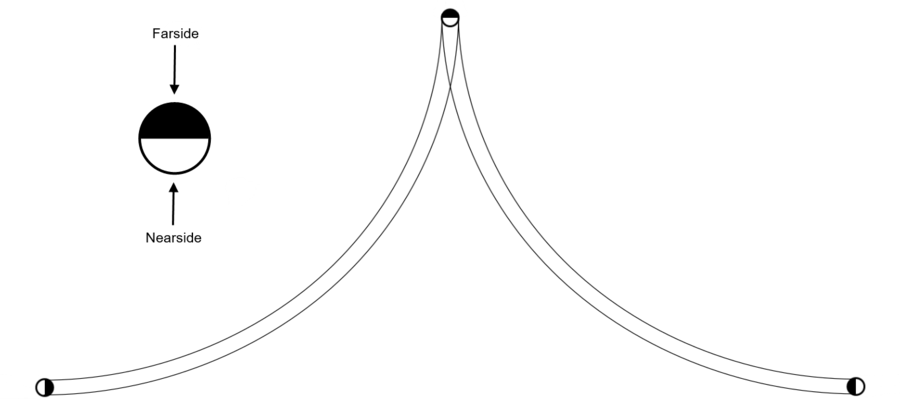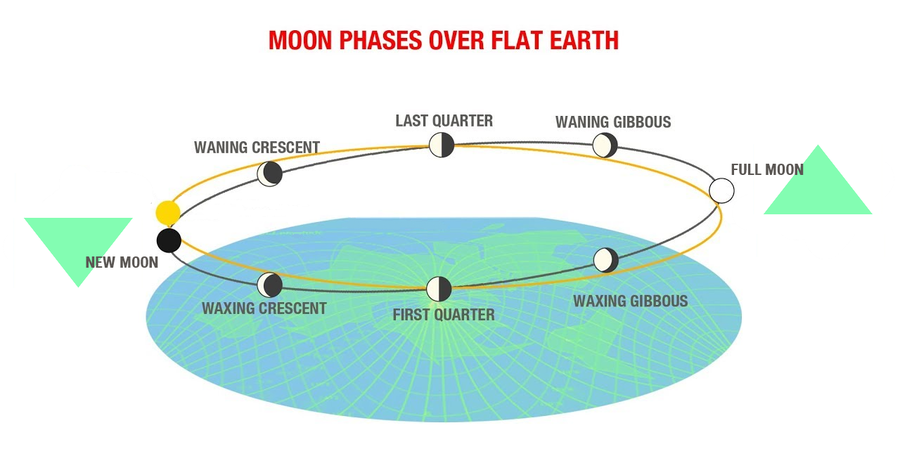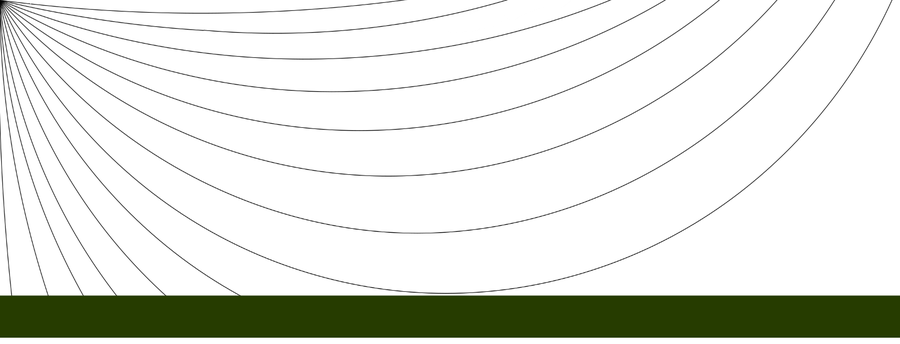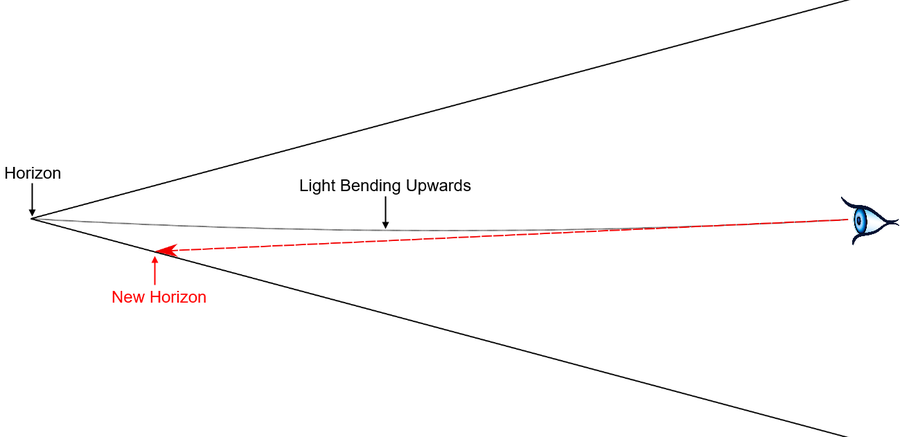Difference between revisions of "Electromagnetic Acceleration"
Tom Bishop (talk | contribs) |
Tom Bishop (talk | contribs) |
||
| Line 1: | Line 1: | ||
| − | The theory of the '''Electromagnetic Accelerator (EA)''' states that there is a mechanism to the universe that pulls light upwards. All light curves upwards over very long distances. The phenomenon may or may not be related to the | + | The theory of the '''Electromagnetic Accelerator (EA)''' states that there is a mechanism to the universe that pulls light upwards. All light curves upwards over very long distances. The phenomenon may or may not be related to the Universal Accelerator, in which the earth is pushed upwards. The Electromagnetic Accelerator has been adopted as an alternative to the perspective theory proposed in Earth Not a Globe. Sunrise and sunset happen as result of these upwardly curving light rays. |
[[File:Electromagnetic Accelerator.gif]] | [[File:Electromagnetic Accelerator.gif]] | ||
Revision as of 01:25, 9 May 2019
The theory of the Electromagnetic Accelerator (EA) states that there is a mechanism to the universe that pulls light upwards. All light curves upwards over very long distances. The phenomenon may or may not be related to the Universal Accelerator, in which the earth is pushed upwards. The Electromagnetic Accelerator has been adopted as an alternative to the perspective theory proposed in Earth Not a Globe. Sunrise and sunset happen as result of these upwardly curving light rays.
The above illustration depicts rays from the sun which intersect with the earth. Other rays not depicted may miss the earth and make a "u-turn" back into space.
It is believed that the bending of light does not simulate or match the globe curvature. Instead, the bending occurs more gradually over a greater distance. This is why observers can see further than they should in the classic Flat Earth water convexity experiments that take place on shorter ranges, and why the dip of the horizon below eye level over longer ranges at higher altitudes does not match the globe earth prediction. Hence, Electromagnetic Accleration is a unique pheonomenon which stands apart from other theories.
Clouds Lit From Underside
Rays which miss the earth will turn back up into space, and may hit the underside of clouds before sunrise or after sunset, giving them a reddish glow.
Nearside Always Seen
A consequence of this paradigm of upwardly bending light is that the observer will always see the nearside (underside) of the celestial bodies. The below image depicts the extremes of the Moon's rising and setting. The image of the nearside face of the moon is bent upwards around the moon and faces the observers to either side of it.
Lunar Phases
When one observes the phases of the Moon they are seeing the Moon's day and night, a shadow created from the sun illuminating half of the spherical moon at any one time. As depicted in the previous section, due to EA we are always observing the nearside (or underside) of the moon.
The curved rays of the sun results in the phases upon the Moon's surface. The plane of the Moon's route is at an inclination to the plane of the Sun's ecliptic, with its highest side opposite from the sun. When the moon is far from the sun and higher than it, the Full Moon occurs. When the moon is closer to the sun and lower than it, the New Moon occurs. The Moon moves at a slightly slower rate than the Sun across the sky, causing the range of phases.
Sample large-scale sun ray diagram (side view):
Horizon Dip
The Electromagnetic Accelerator also predicts that at high altitudes where one can see further into the distance, the horizon will dip below eye level. Light which travels parallel from the limits of vision will be pulled upwards and miss the eye of the observer. The rays the observer will see are those rays which are transmitted at a lower angle and pulled upwards to meet the observer, resulting in a horizon which is slightly below eye level.

